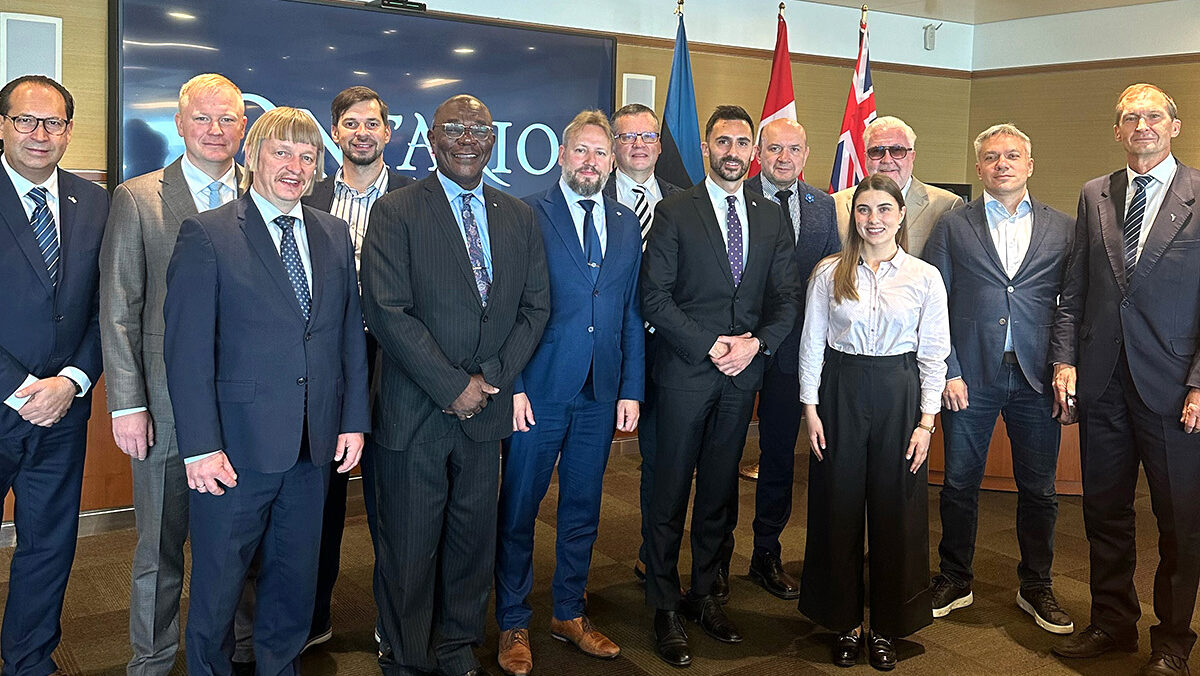Already in the first post-war years, the approximately 200 specialized Pobedas for the KGB had a more powerful ZIM engine, transmission and adjusted frame. A special Volga model, of which 603 were produced sported a V8 engine and an automatic transmission that boosted its speed to 170 km.
The next version of the Volga, produced 1034 customized vehicles from 1973 to 1980 which increased speeds to 190 km. The last Volga special order model was ecquiped with a standard gear shift to disguise the installation of an automatic transmission.
But a few former special surveillance unit veterans have recalled that souped-up cars were not always unnoticeable during operations. An experienced eye on someone being tailed could spot the the downward tilt of a vehicle with a heavier and powerful end. This wasn't helped by placing counter-balancing weights in the trunk. Also a louder engine noise was a tip-off not on the highway but in in slower city traffic. The Ziguli product did not suffer from these tale-tell problems.
(Read more: Estonian Life No. 41 2019)
Laas Leivat, Toronto



